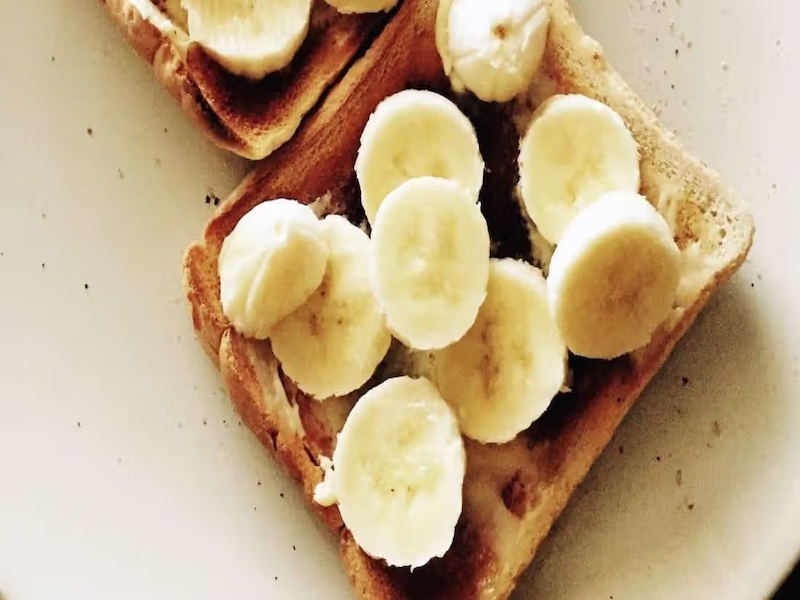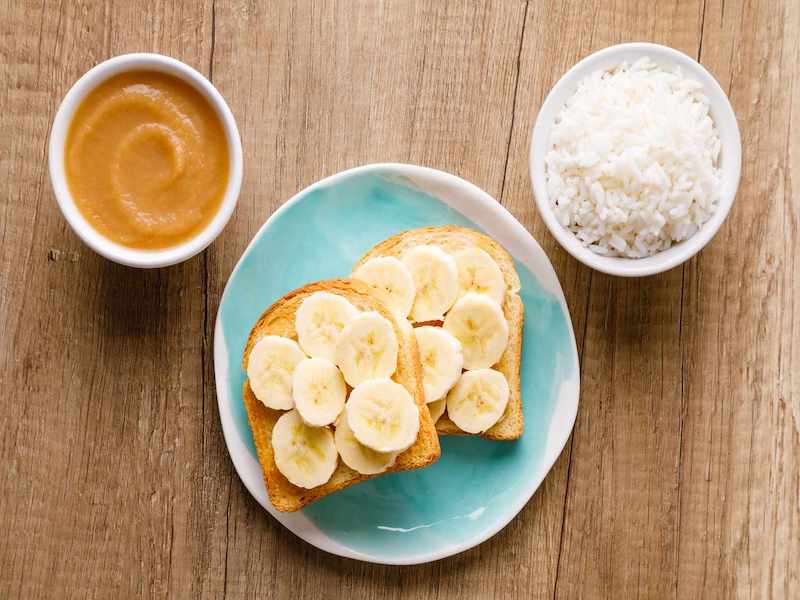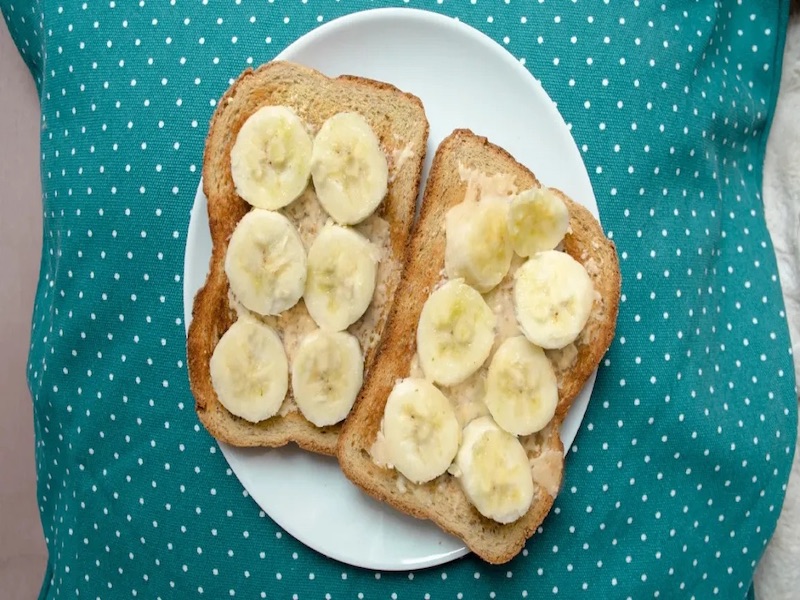
What is the brat diet? How does the Brat diet work?
What is the BRAT diet? The BRAT diet stands for Bananas, Rice, Applesauce, and Toast. It is a super simple eating plan that is often recommended for people with digestive issues, such as diarrhea or stomach pain. To better understand the benefits and potential drawbacks of this diet, follow the article below from Evaworlds.
What is the BRAT Diet?
“The BRAT diet stands for bananas, rice, applesauce, and toast,” says Lena Beal, M.S., RD, LD, a dietitian in Piedmont. “It was traditionally used for children when they were sick and couldn’t stomach anything. However, it also has many benefits for anyone experiencing nausea, vomiting, or diarrhea.”

Bananas, rice, applesauce, and toast are all easily digested foods, so eating them will help keep food in your stomach. The fiber in these foods will also help bulk up your stool if you have diarrhea.
How does the Brat diet work?
Some people believe that the BRAT diet can provide many benefits for people who experience upset stomachs and diarrhea. The apparent benefits include:
- Firmer stools: The foods in the BRAT diet are high in starch and low in fiber, which can help make loose, watery stools firmer and more manageable.
- Gentle on the stomach: These foods are low in fat and protein, so they are less likely to irritate the stomach and stress the digestive system.
- Reduced nausea: Because they have bland flavors and no strong odors, BRAT diet foods typically do not cause nausea or vomiting.
However, these foods do not provide enough variety of nutrients to sustain over the long term.
When should I start the Brat diet?
According to doctors, the BRAT diet should not be used in cases of acute vomiting or severe diarrhea. This diet should only be used when symptoms have improved, gradually stabilized and are no longer dangerous to the patient’s health.
Who should follow the BRAT diet?
People with diarrhea or stomach problems can apply the BRAT diet to help improve the condition. However, children should not follow this diet, and adults should not abuse the BRAT diet for a long time to avoid malnutrition and lack of essential nutrients for the body.
When starting the BRAT diet, you should eat small pieces at first and gradually increase the amount so that the stomach can adapt, reducing pressure on the digestive system.

When the condition has significantly improved, the patient should return to a normal diet to provide enough nutrients for the body, supporting recovery from injury more effectively. Do not abuse the BRAT diet for too long because it can make the recovery process difficult and increase the risk of other diseases.
Experts recommend that the BRAT diet should only be applied for 1-2 days. In cases such as fever, bloody stools, dehydration, … the patient should see a doctor for examination and treatment. Do not self-treat at home with any method, including the BRAT diet.
Instructions for the BRAT diet
If you have diarrhea and want to try the BRAT diet, follow these steps to effectively relieve your symptoms:
- First 6 hours: Avoid all foods and fluids for the first few hours of symptoms. After that, you can start drinking some water, electrolyte drinks, or sucking on a hard candy (do not chew).
- First 24 hours: Provide fluids to the body by drinking water, apple juice, vegetable broth, soup, etc. Each time you drink, you should maintain 1-2 sips for about 10 minutes. If symptoms return, stop consuming fluids for a few hours before continuing to supplement.
- Day 2: Start applying the BRAT diet with foods such as bananas, applesauce, soup, toast, and crackers. Because this diet does not provide enough nutrition, you should consider it carefully and not apply it long-term.
- Day 3: When symptoms have improved, start returning to a varied diet with nutritious foods to replenish the body, such as fruits, boiled vegetables, soft-cooked lean meat, etc.
FAQs: What is the BRAT diet?
What is the purpose of the BRAT diet?
The BRAT diet is primarily used to help manage and relieve uncomfortable digestive symptoms, such as diarrhea, nausea, or vomiting. It consists of bland, low-fiber foods that can help firm up stools and reduce irritation in the digestive tract.

How long should the BRAT diet be followed?
The BRAT diet is recommended for short periods, about 24 to 48 hours, or until symptoms improve. Following the diet for long periods can lead to nutritional deficiencies, so it is important to gradually return to a more varied and balanced diet as your digestive system recovers.
What foods can be added after the BRAT diet?
After starting the BRAT diet, gradually introduce other easily digestible foods such as boiled potatoes, boiled chicken, bland crackers, and cooked carrots. Once your digestive system has stabilized, add more complex and nutritious foods to your diet.














